The beauty of Blake's "Spring" from Songs of Innocence is due not only to the gorgeous visual canvas that accompanies the poem, but the language itself. Its desire to embrace the season of rebirth and renewal always calls to mind for me e. e. cummings "In Just-," especially the segment below: and eddieandbill come There is some of this whimsy in the visual brainstorming that Dillon put together below. Why not, for instance, create a little crossword with Blake's name and the title of the poem? It's a cool idea in keeping with the spirit of the poem: One particular literary feature that Dillon quite correctly points out is that repetition of the line "Merrily, merrily, we welcome in the year." We can see that the repetition of the line does indeed, as Dillon points out, emphasize the speaker's love for spring. Students and teachers of literature might be further interested to know that there is another device at work here. "Merrily, merrily" is a figure of repetition known as epizeuxis, which is the repeating of a word two or more times without intervening words. When used in this context with the adverb "Merrily" is simply reinforces the idea of embracing the springtime... ...And that, I think, is important to remember as we head into Winter! If you're interested in this post, you might also be interested in the following:
0 Comments
Your comment will be posted after it is approved.
Leave a Reply. |
Glen DowneyDr. Glen Downey is an award-winning children's author, educator, and academic from Oakville, Ontario. He works as a children's writer for Rubicon Publishing, a reviewer for PW Comics World, an editor for the Sequart Organization, and serves as the Chair of English and Drama at The York School in Toronto. If you've found this site useful and would like to donate to Comics in Education, we'd really appreciate the support!
Archives
February 2019
|

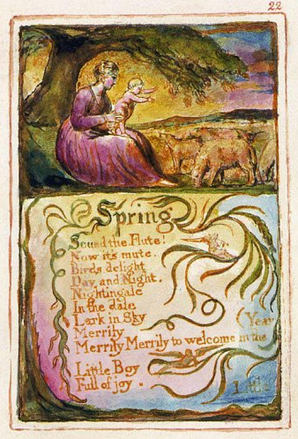
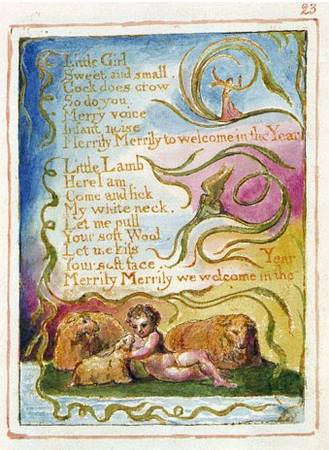
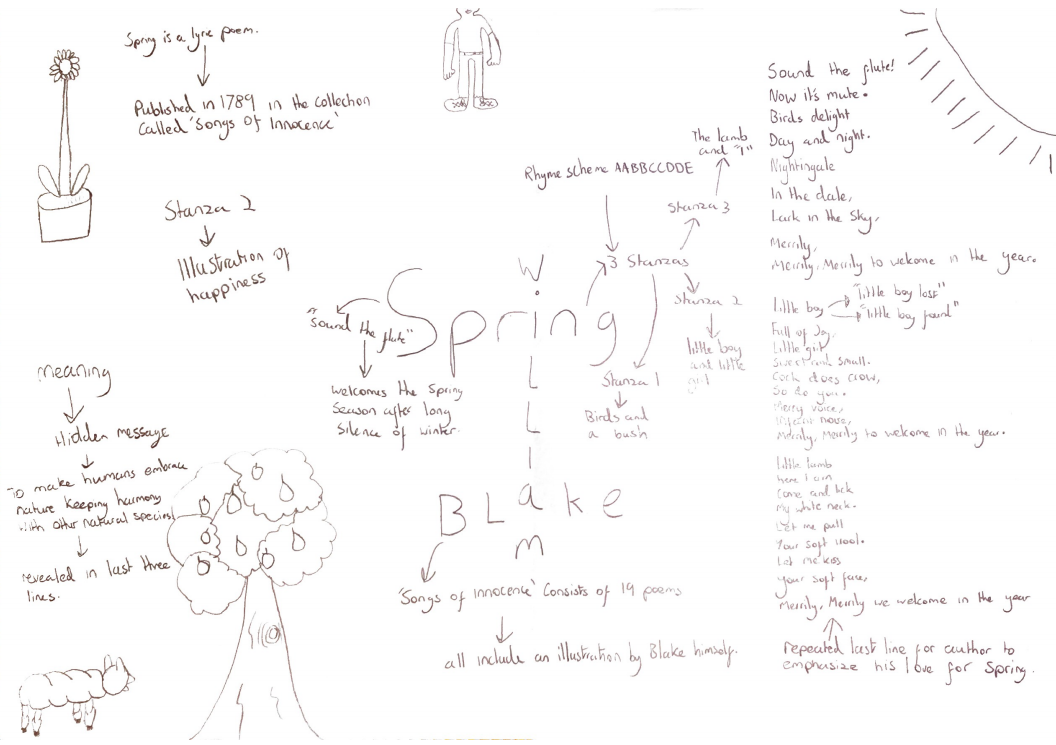
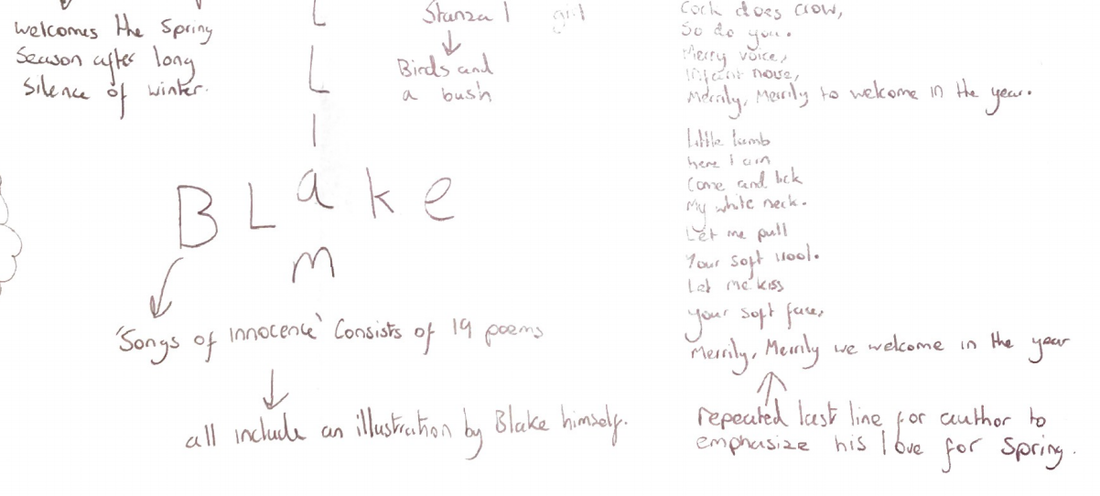

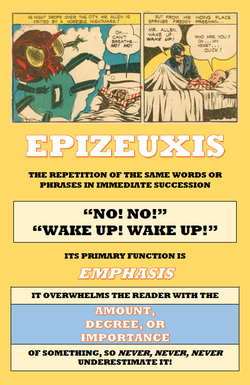
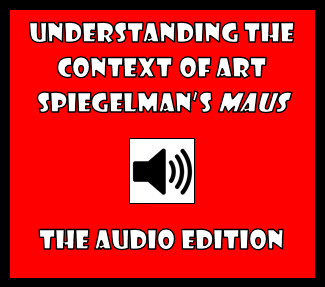
 RSS Feed
RSS Feed
